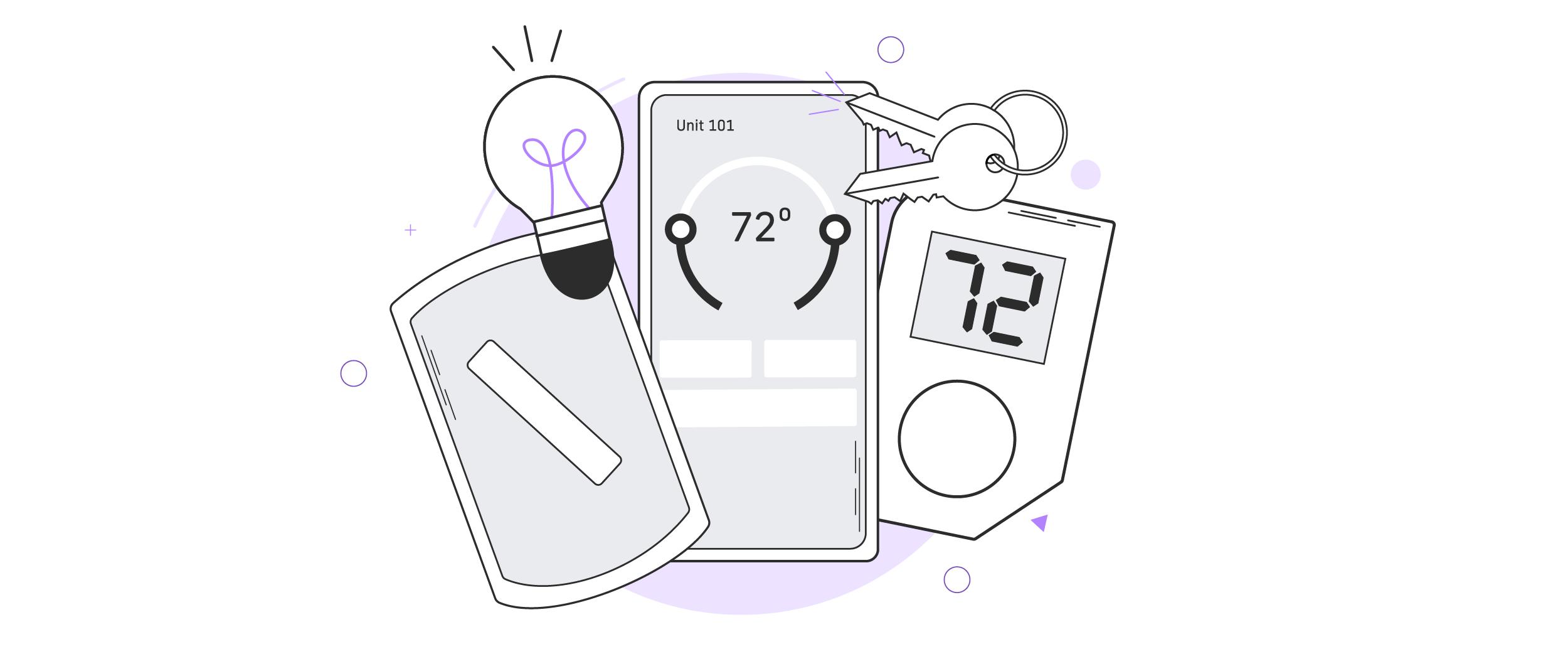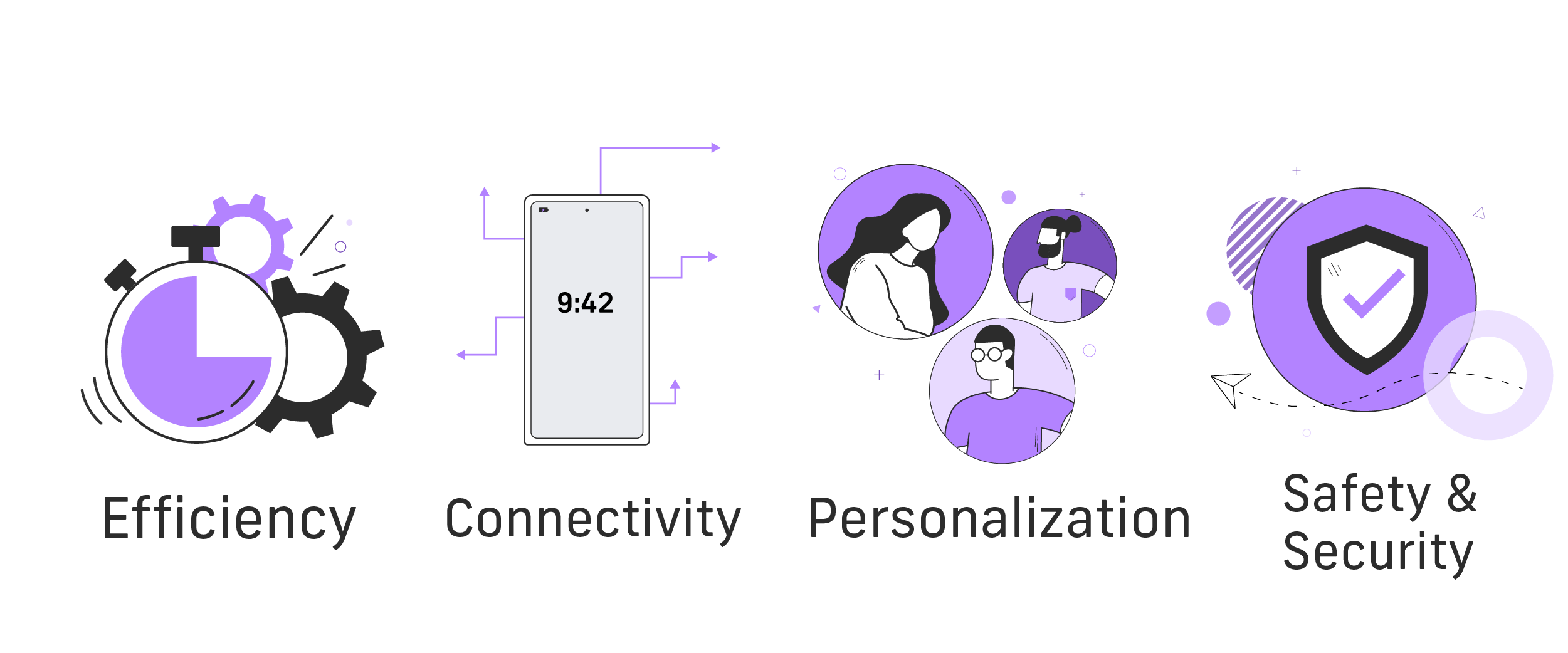We’ve all heard the term “Smart Technology” but what does that really mean? Smart technology refers to devices, systems, or appliances that are connected to the internet and can communicate with each other or with users. Why is “Smart Technology” significant? It has the ability to enhance convenience, efficiency, and connectivity in various aspects of our lives! For example, smart thermostats can learn your preferences and adjust the temperature accordingly, saving energy and reducing utility bills.
Understanding the Meaning of “Smart” in Technology
We’ve come a long way in the smart technology world since our Casio Calculator Watch and Nokia 3310 days. The evolution of smart technology has created incredible advancements in various areas such as the Internet of Things (IoT), Smart Home Technology, and Artificial Intelligence.
When it comes to the realm of technology, the term “smart” signifies devices or systems that have advanced capabilities, can gather and process data, make intelligent decisions, and provide personalized experiences for users. It often involves the use of artificial intelligence (AI) and machine learning algorithms to enable devices to understand and respond to user behavior or environmental conditions. So what does this mean for us, the end users of these ideas, and products?
The Focus of Smart Technology
Now that we know what smart technology is, what purpose does it serve? What are the main benefits of using smart technology? To name a few, there’s:
Convenience: Smart tech aims to simplify and automate tasks. This includes features like remote controls, voice commands, and automated processes that save time and effort.
Efficiency: Smart tech strives to optimize resource usage, reduce waste, and improve efficiency. This can be seen in energy saving features, automated scheduling, and data-driven insights that help users make informed decisions.
Connectivity: Smart tech enables devices to communicate and interact with each other, creating a connected ecosystem. This connectivity allows for seamless integration, synchronized experiences, and the ability to control and monitor multiple devices from a central hub.
Personalization: Smart tech aims to understand user preferences and adapt to individual needs. Through machine learning and artificial intelligence, smart devices can learn user patterns, provide personalized recommendations, and tailor experiences to specific users.
Safety and security: Smart tech focuses on enhancing safety and security measures. This includes features like remote monitoring, real-time alerts, and advanced encryption to protect user data and privacy.

Examples of Smart Technology
These might sound like great perks but maybe you’re not sure what could qualify as “Smart Technology”. Let’s take a look at some examples you may interact with already on a daily basis:
Smart Home Devices
Forgot to turn off your lights before leaving the Mojo Dojo Casa House? No problem! These devices include smart thermostats, smart lighting systems, smart speakers, and smart security systems like Schlage locks and Aeotec Smart Light Switches. Through solutions like Quext IoT, all devices in an apartment unit can seamlessly connect and communicate with each other.
Smart Appliances
Need to preheat the oven for dinner but you’re stuck in the carpool line? These devices include smart refrigerators, smart washing machines, and smart ovens that offer features like remote control, energy optimization, and advanced cooking capabilities. Move over, Martha!
Smart Cars
Connected cars with features like GPS navigation, voice control, and integration with smartphones make it easier to get where you’re going.
Smart Healthcare Devices
Devices like smart blood pressure monitors, glucose meters, smart watches, and fitness trackers with health monitoring capabilities make life easier. These devices provide valuable data and insights that can help individuals regulate and manage their health issues more effectively.
Smart Assistants
Virtual assistants like Amazon Alexa, Google Assistant, Apple Siri, and Quext Digital Human can perform tasks and answer questions while communicating with users vocally.
It’s easy to get overwhelmed by all of the evolving technologies available to us. Breaking down the basics of smart technology, its benefits, and uses helps bridge the gap between the novices and experts. Whether you choose to equip yourself and home with a smart ecosystem or choose to keep that ol’ Nokia 3310, technology is completely customizable and will continue to get smarter.
For more on Quext’s suite of products, check out our product page or read some of our past blog posts!



